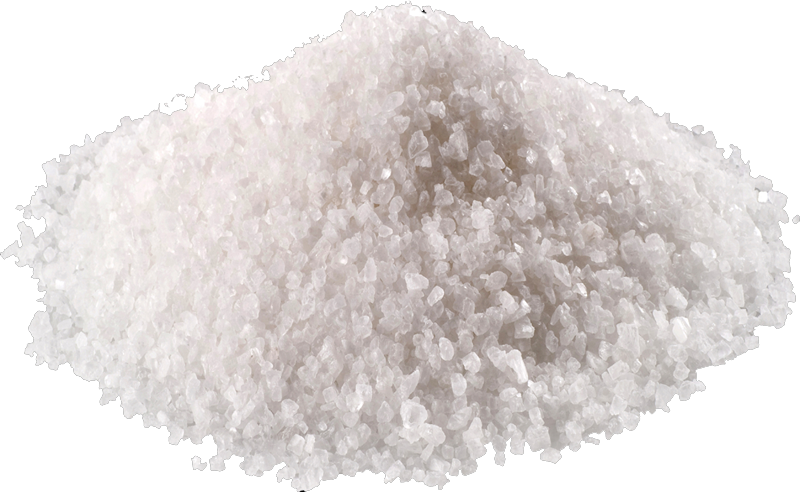
Salt compression & recrystallisation
This project developed a process of salt compression that it can reduce the volume of regulated landfill required by -30%.
Assuming that compressed salt bricks can be placed in landfill tightly piled, the new method has the potential to save $1 million dollars per 60,000 tonnes of salt from space savings alone.
The project developed a manufacturing technique and recipe for creating compacted salt that achieves high density, low permeability and high mechanical strength.
Due to the commercial potential of the project results, the project has been allocated as commercial in confidence.
PROJECT OUTCOMES
- A manufacturing technique for compressing CSG salt into bricks that have -30% higher density than current practice of compaction with heavy machinery. The optimal compression is achieved at - 14 MPa.
- Laboratory testing showed significantly improved leachability over uncompressed salt (base case).
- Compressed salt samples demonstrated high mechanical strength (>30MPa)
- While an additive improved the mechanical strength, there was a decrease in density and an increase of permeability making the benefit of additive inconclusive. The project recommended further trials to test a wide range of additives.
|
Image: Salt Creative Commons 4.0 BY-NC
